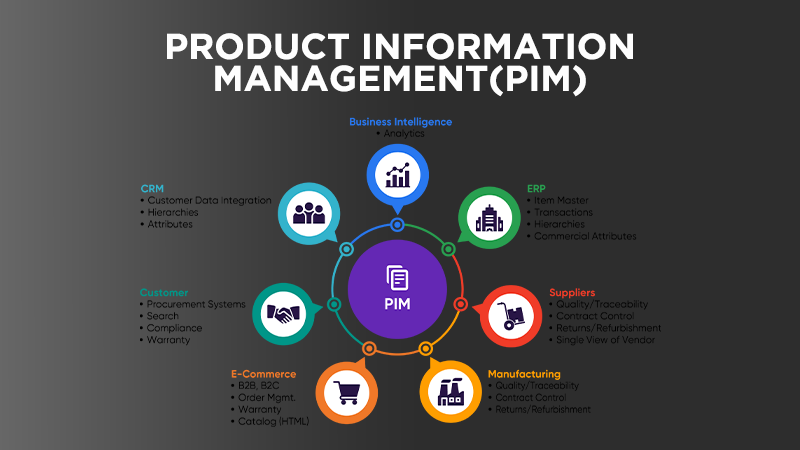Summary: In this Article, you’ll get to read about —
What is Product Information Management
Product Information Management (PIM) is the process of collecting, organizing, and storing product data. This data is then used to provide information about the product that is needed for sales, marketing, and customer service purposes.
It’s important because it provides a way for organizations to keep track of their products in an organized manner. It also helps with inventory management and marketing efforts.
The key functions are:
– Product Information – Tracking every detail about a product
– Inventory Management – Keeping track of how much of each product you have
– Marketing – Providing information about your products to customers
What are the Benefits of Product Information Management?
Product information management is a system that is used to manage data related to products. It helps in reducing the time and effort required for product development, by making the process more efficient.
Product information management systems can be used in various ways. One of the most common ways is for product development, where it helps in managing data related to products and making the process more efficient. Another use case is for marketing purposes, where it helps in gathering customer reviews and ratings from various sources and promoting them on their website or social media pages.
How to Implement Product Information Management in Your Company?
PIM is a powerful tool that helps companies to manage their product information more effectively. With PIM, companies can quickly and easily find any product information they need, while also making sure they meet their compliance requirements.
PIM is not just a one-time investment, but an ongoing process that requires continuous work to keep the company’s product data up-to-date and compliant with the ever-changing regulations. The success of PIM depends on how well it is implemented in your company.
The first step to implementing PIM in your company is understanding what you want to achieve with it. You should start by identifying the goals and objectives of implementing PIM and then choosing a solution that will help you achieve those goals. The following are some of the goals and objectives you might want to achieve with PIM:
- Eliminate paper waste by using email, online records storage, and a PIM solution to manage information
- Improve business processes through better time management.
- Maintain employee productivity by simplifying day-to-day tasks and increasing overall productivity
Should You Use Product Information Management?
Product Information Management (PIM) is a process of managing and storing product information in a central location. It can help companies avoid the need to store product information in multiple systems, which can cause data to be inconsistent.
Product Information Management is not for every company. PIM is for companies that are working with complex and numerous products, or those that have large amounts of data related to their products. PIM can help these companies save time and money by using a single source of truth for their products.
Product information management software is often used by large manufacturers because they have many different types of products and it would be difficult to manage them without the software.
You can also try out document understanding software since those usually cost cheaper than PIM.
Conclusion
Depending on the type of company and how large/small it is, you might not need product information management. If your company is large enough that you have several departments or are in a growth stage, you will likely benefit from a product management software. Product management software is designed to manage the product lifecycle, product roadmaps, and other strategic planning processes for a company with multiple products they want to develop.
Don’t forget reading: Applying Revenue Management to Industrial Businesses



